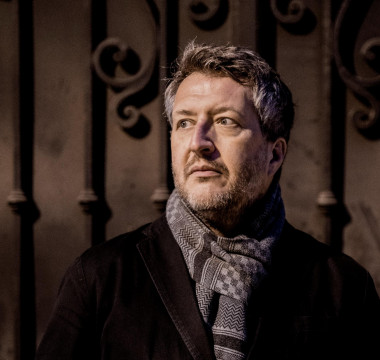World-renowned British composer to chair the jury in 2024
Composer-conductor Thomas Adès chairs the International Jury for the 2024 Composers’ Competition, an event with a total prize fund of €10,000 and organised by the Liszt Academy, which expects to receive applications from 18 January.
The prize-winning works will be presented at a ceremony in the Solti Hall of the Liszt Academy.
Gala Concert in the Solti Hall of the Academy on 23 November 2024.
One or two of the winning or commended compositions will be included in the repertoire of the 2025 competition for pianists.
Thanks to the support of the Hungarian state, the first prize will be €5,000, the second prize €3,000 and the third prize € 2000.
The entries will be selected by a pre-selection jury of distinguished teachers from the Liszt Academy of Music, while the winners will be decided by a prestigious international jury, chaired by Thomas Adès, the world-renowned contemporary British composer with a passion for Hungarian culture.

Fort the second time since 2018, Mr Adès was pleased to accept the invitation by the organising Liszt Academy. The panel also includes two other international personalities, Augusta Read Thomas from the US and Shinuh Lee from Korea, and Gyula Fekete from Hungary, Professor of the Composition Department as well as international and scientific Vice-Rector of the Academy, and József Balog, Liszt- and Lajtha Prize-winning pianist.
The design elements of the competition - its logo and the fonts used - have also been updated for the new round.
The Bartók World Competition at the Liszt Academy, one of the most prestigious international music competitions and a member of the World Federation of International Music Competitions (WFIMC), was launched in 2017 and boasts a repertoire requiring the highest level of musical excellence
and is built around a structure that is new to that of traditional competitions. It encompasses the key elements of Bartók’s oeuvre: piano, violin, chamber music and composition. The individual instrumental competitions are presented in the odd-numbered years, and a composition competition in the even-numbered years in between, which is always linked to the instrumental round in the following year. This exceptional structure is intended to direct the attention of the best of the rising generation of instrumentalists towards Bartók’s art while encouraging young composers to produce new pieces inspired by his legacy.


